Many music lovers dive into electric guitar learning driven by passion, only to be daunted by talk of amplifiers, pedals, and multi-effects. In this guide, you’ll discover a friendly, straightforward approach to your first electric guitar setup. We’ll answer common beginner questions, explain essential gear choices, and outline simple study strategies to help you start playing confidently without technical overwhelm.
1. Common Beginner Questions
Do I really need an amp? An electric guitar produces a faint sound on its own, but the classic “rock” tone comes from plugging into an amplifier. The guitar’s pickups convert string vibrations into an electrical signal; the amp then boosts and shapes that signal into a full-bodied sound. For anyone starting beginner electric guitar, a small practice amp is all you need to hear a rich, dynamic tone.
What about effects pedals? A multi-effects unit simulates various amplifier sounds and effects—reverb, distortion, chorus—without bulky tube heads. Although the pedal has no built-in speakers, you simply connect it between your guitar and amp, or even use headphones, to explore dozens of tones in one compact device.

2. Selecting Your First Electric Guitar
Two key factors shape your guitar’s tone: its pickups and body style. Single‑coil pickups deliver bright, articulate notes, while humbuckers produce a thicker, warmer sound with less background noise. Body shapes—like Stratocaster, Telecaster, or Les Paul—also influence feel and resonance. For electric guitar learning, try both single‑coil and humbucker models to find the balance you prefer. Once you know your style, choosing between a classic Strat design for crisp lead lines or a Les Paul shape for rich chords becomes easier.

3. Self-Study vs. Electric Guitar Lessons
Online tutorials and apps are fantastic for supplementing your practice, but structured electric guitar lessons can dramatically speed up your progress. A good teacher will correct your technique early, teach proper posture, chord shapes, and basic soloing methods. After mastering fundamentals, you can combine lessons with self-study—using videos and backing tracks at home to reinforce what you’ve learned.
4. Setting Realistic Goals
Define clear milestones to stay motivated during your electric guitar learning journey. Weeks 1–2: Learn open chords (E, A, D, G, C) and simple strumming patterns. Month 1: Transition smoothly between chords and play a two‑chord riff. Months 2–3: Study basic pentatonic scales and learn a simple melody. By structuring your practice, each small win fuels your enthusiasm and builds the muscle memory needed for more advanced techniques.

Conclusion: Start Your Electric Guitar Journey Today
Embarking on electric guitar learning is easier once you understand the basics of amplification, pickups, and study methods. Choose a guitar that matches your sound preferences, invest in a small amp or multi-effects unit, and consider regular electric guitar lessons to lay a solid foundation. With clear goals and consistent practice, your path from beginner electric guitar player to confident musician is clearer than ever. Plug in, play, and let your passion lead the way!



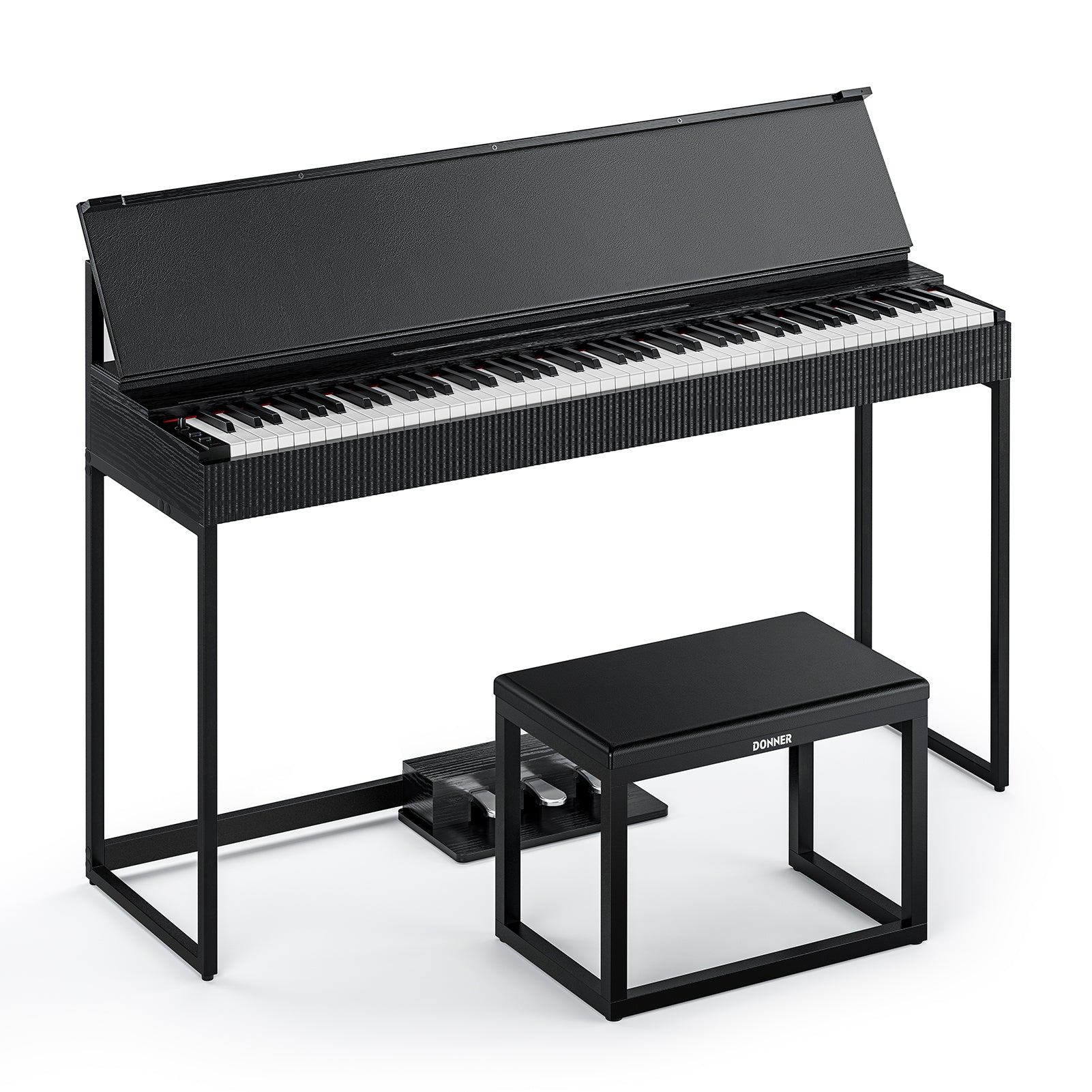
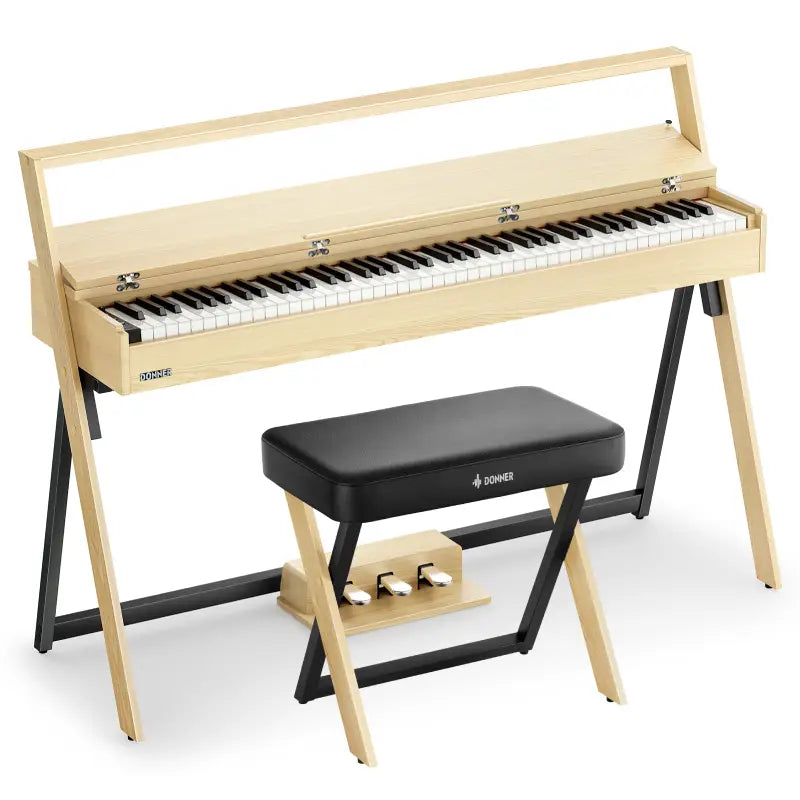
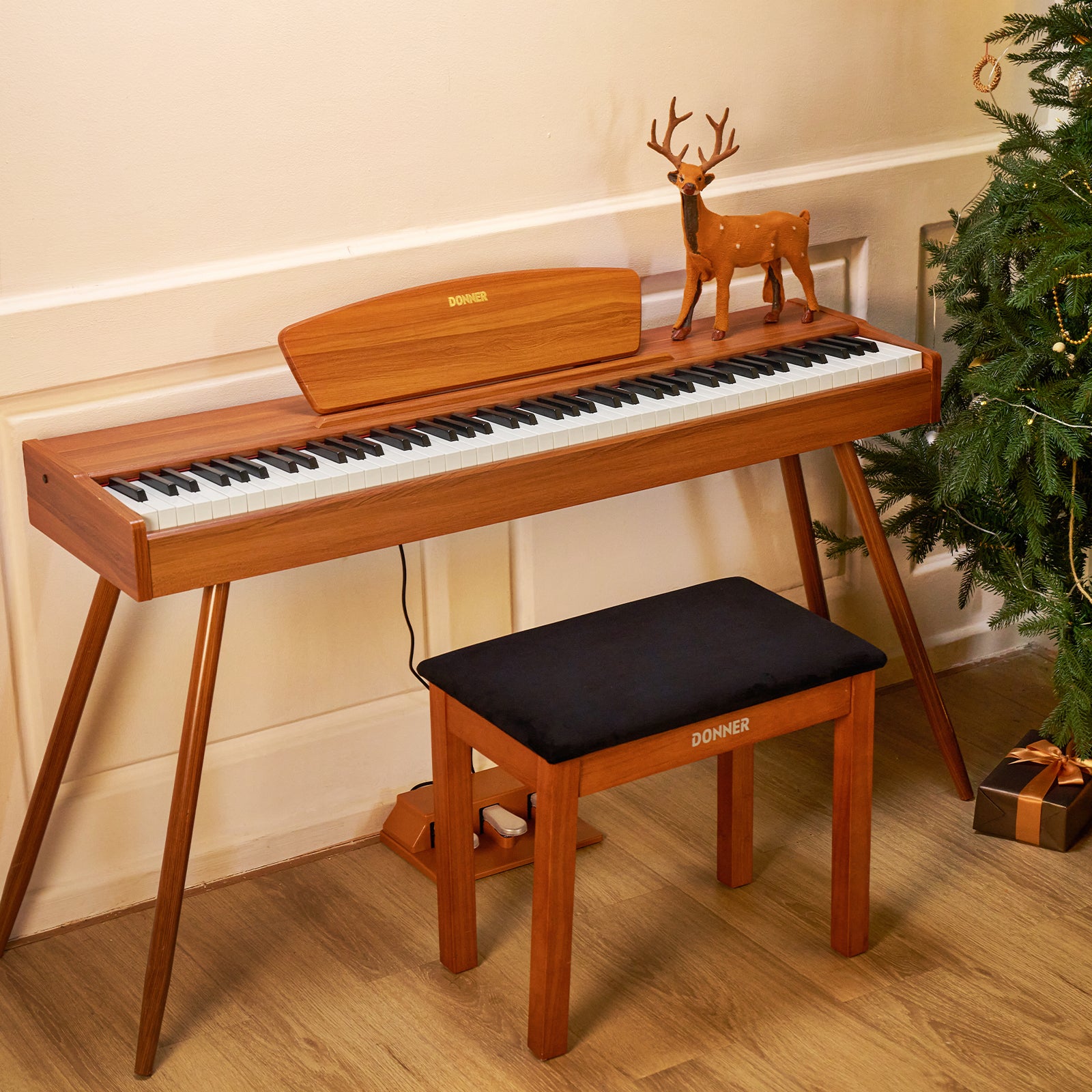
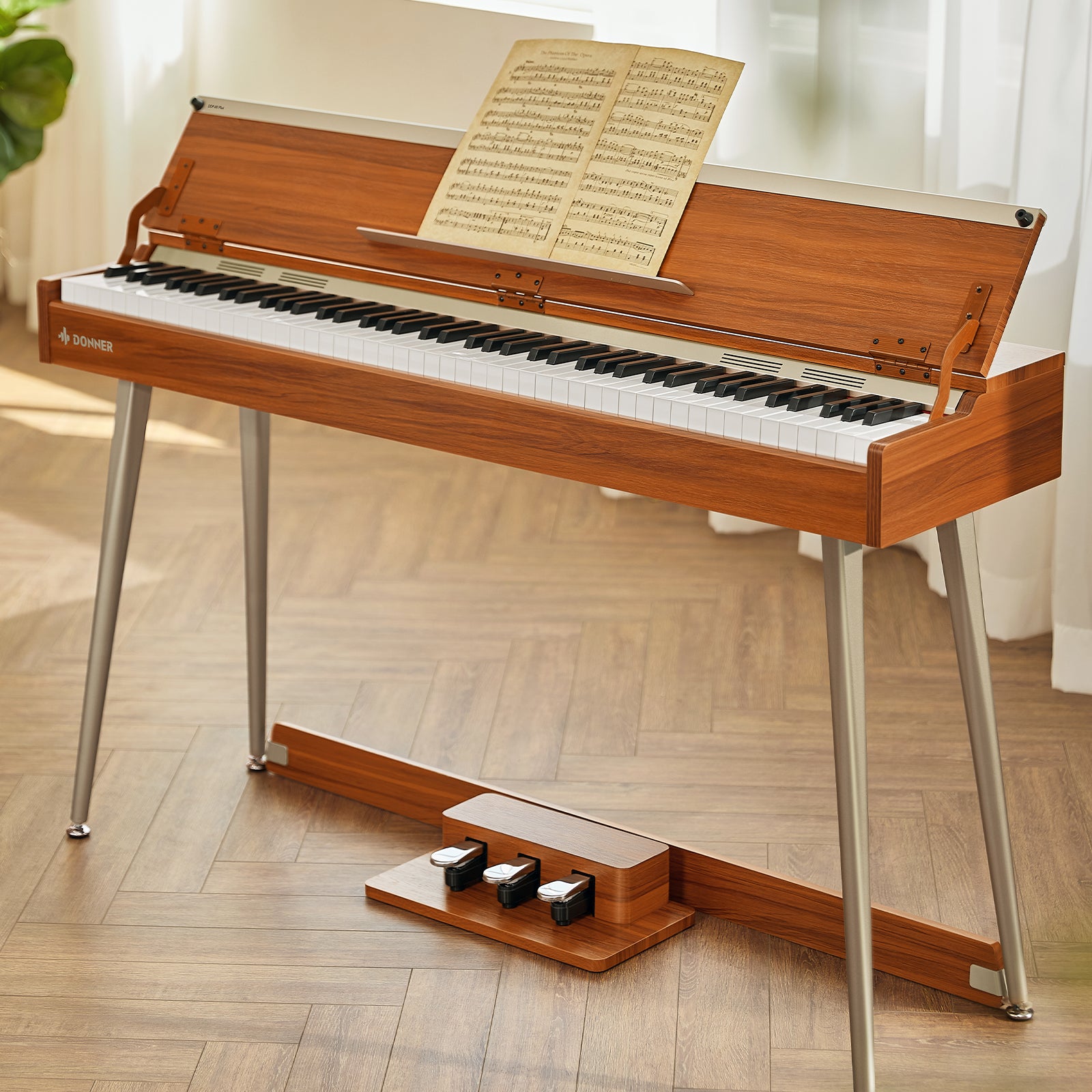
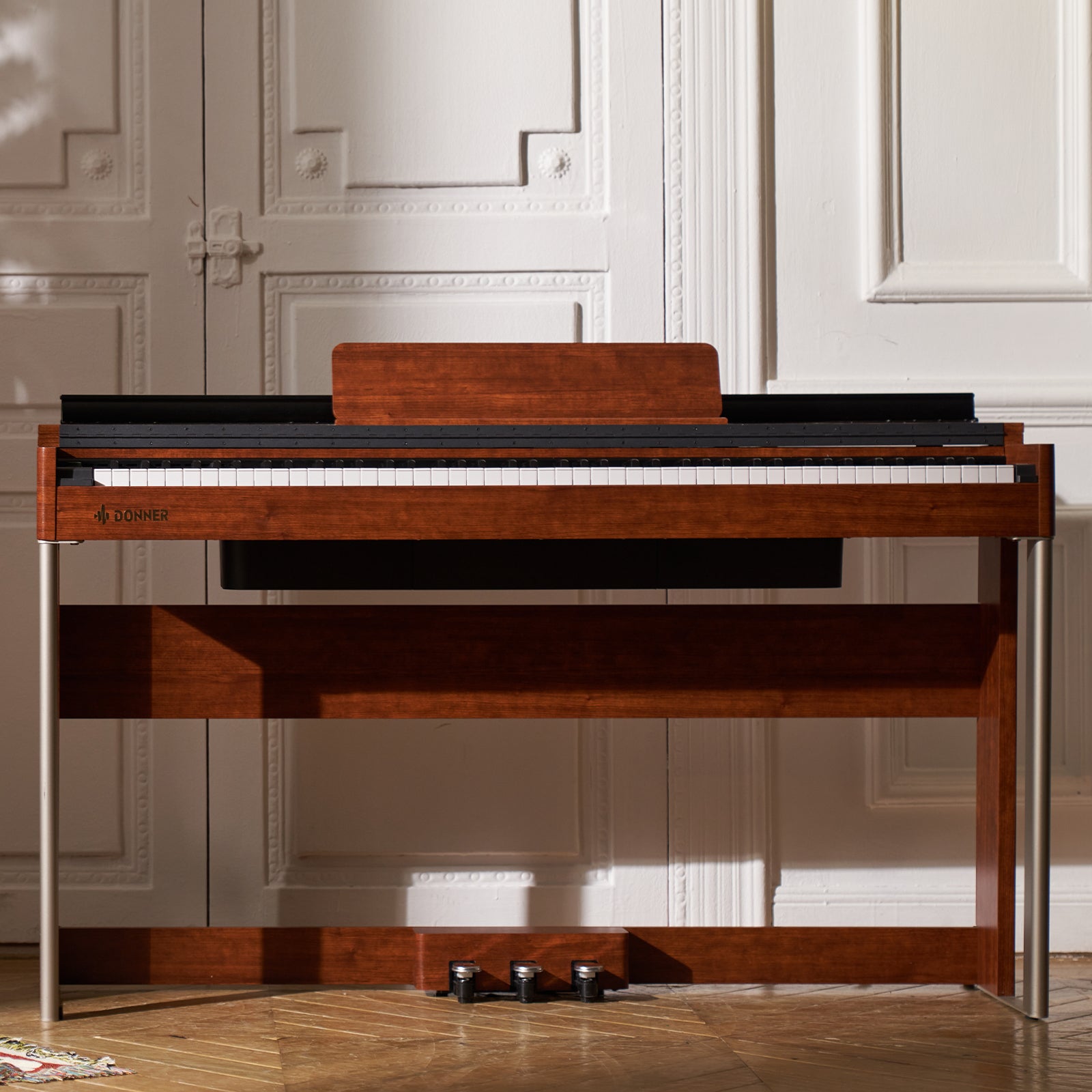
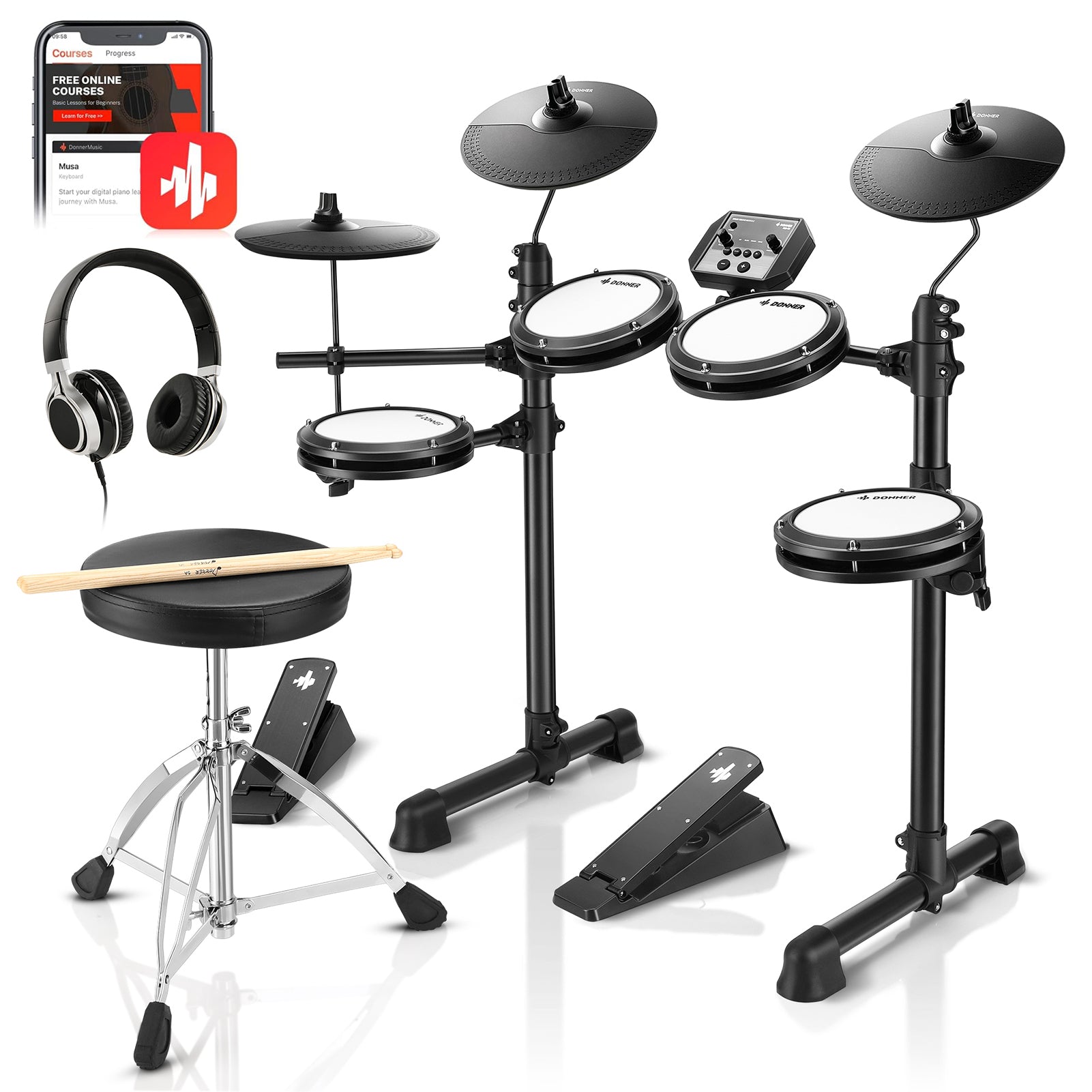

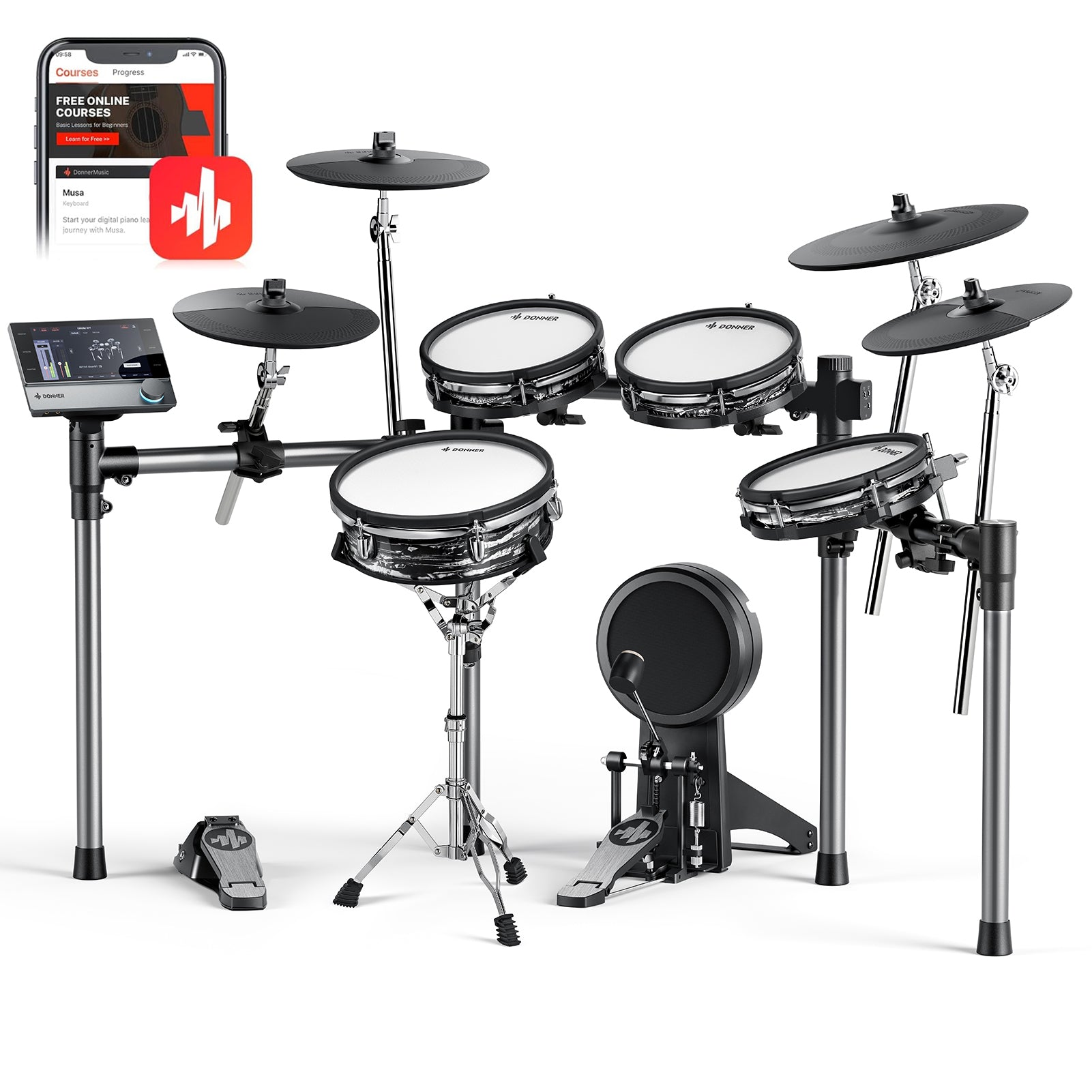

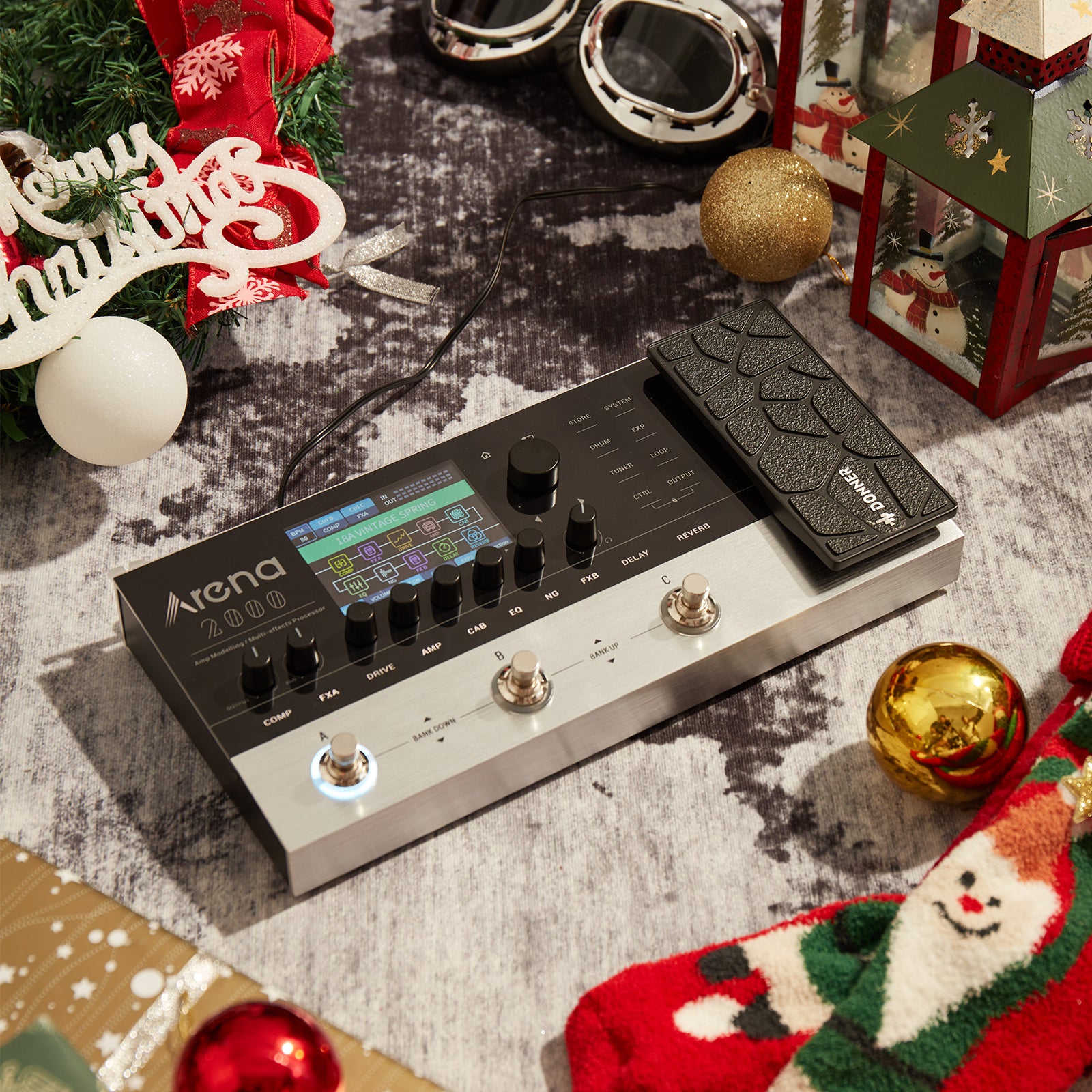
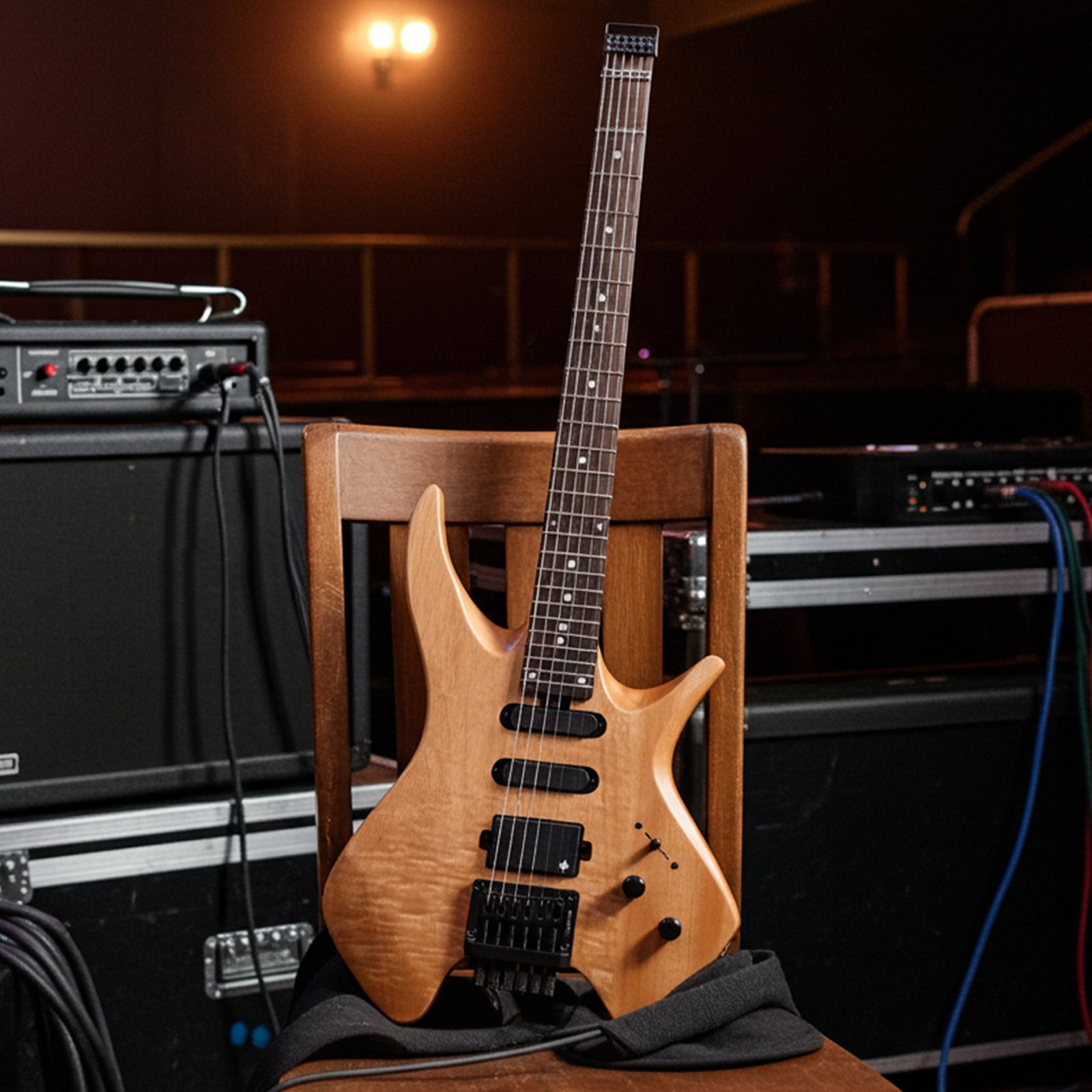
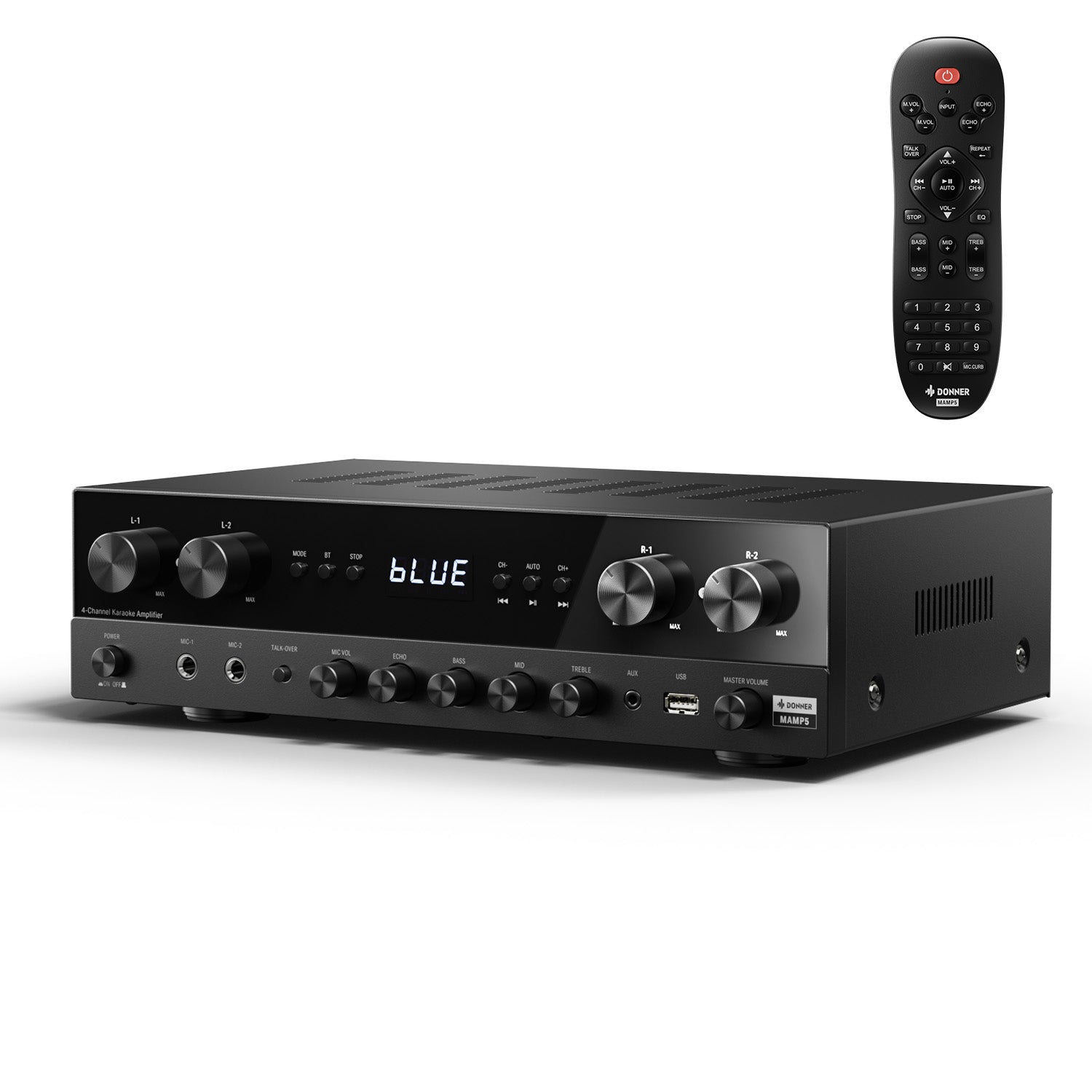
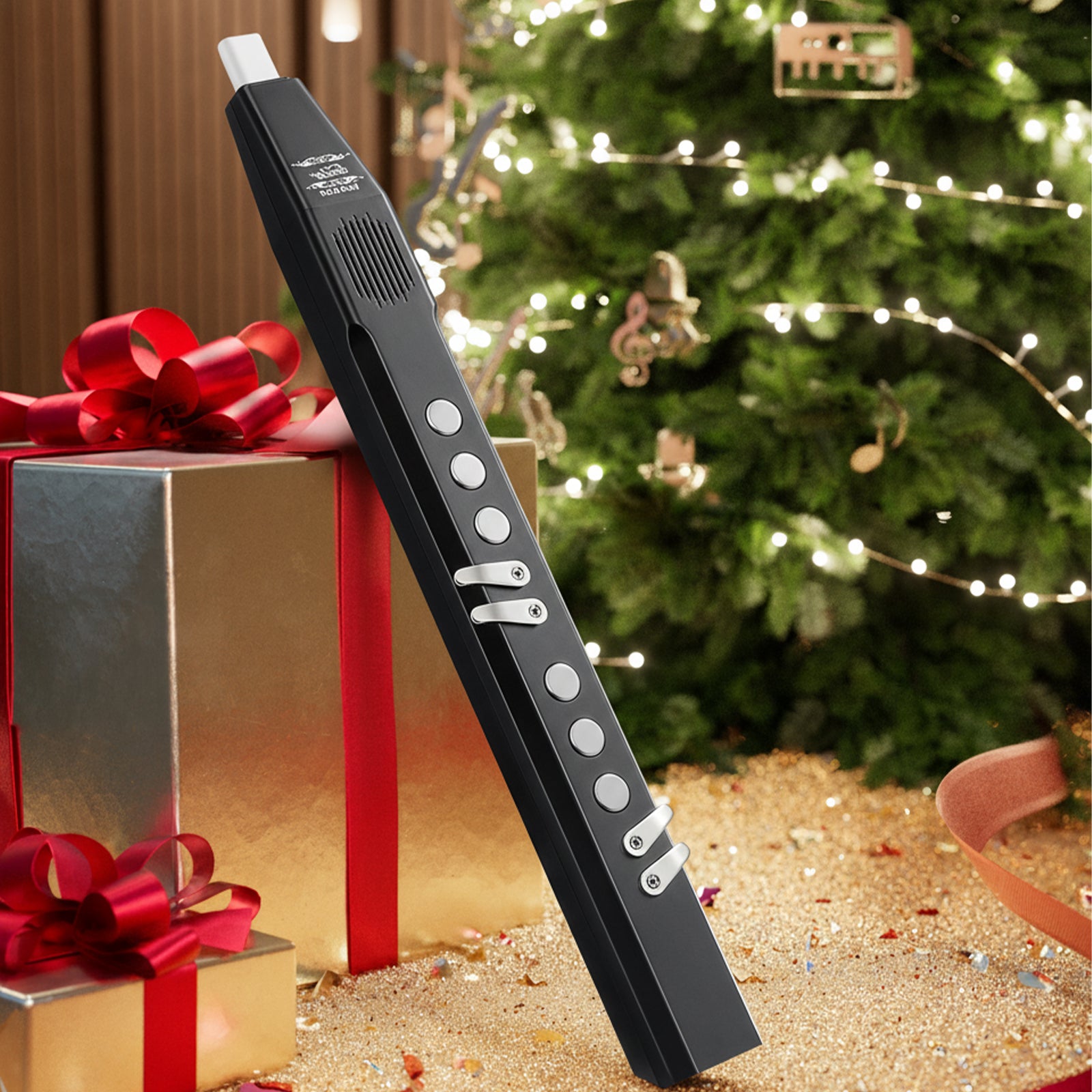



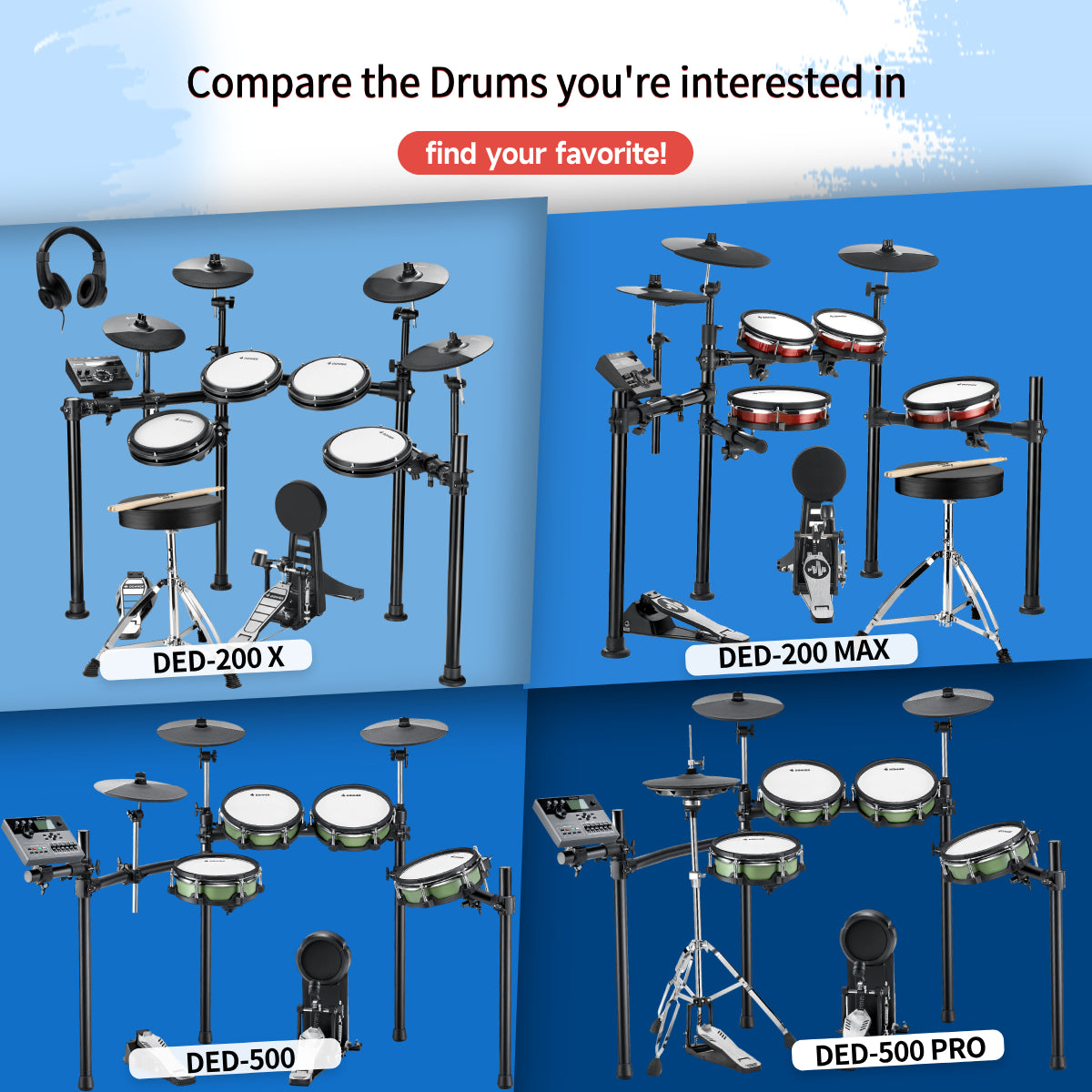


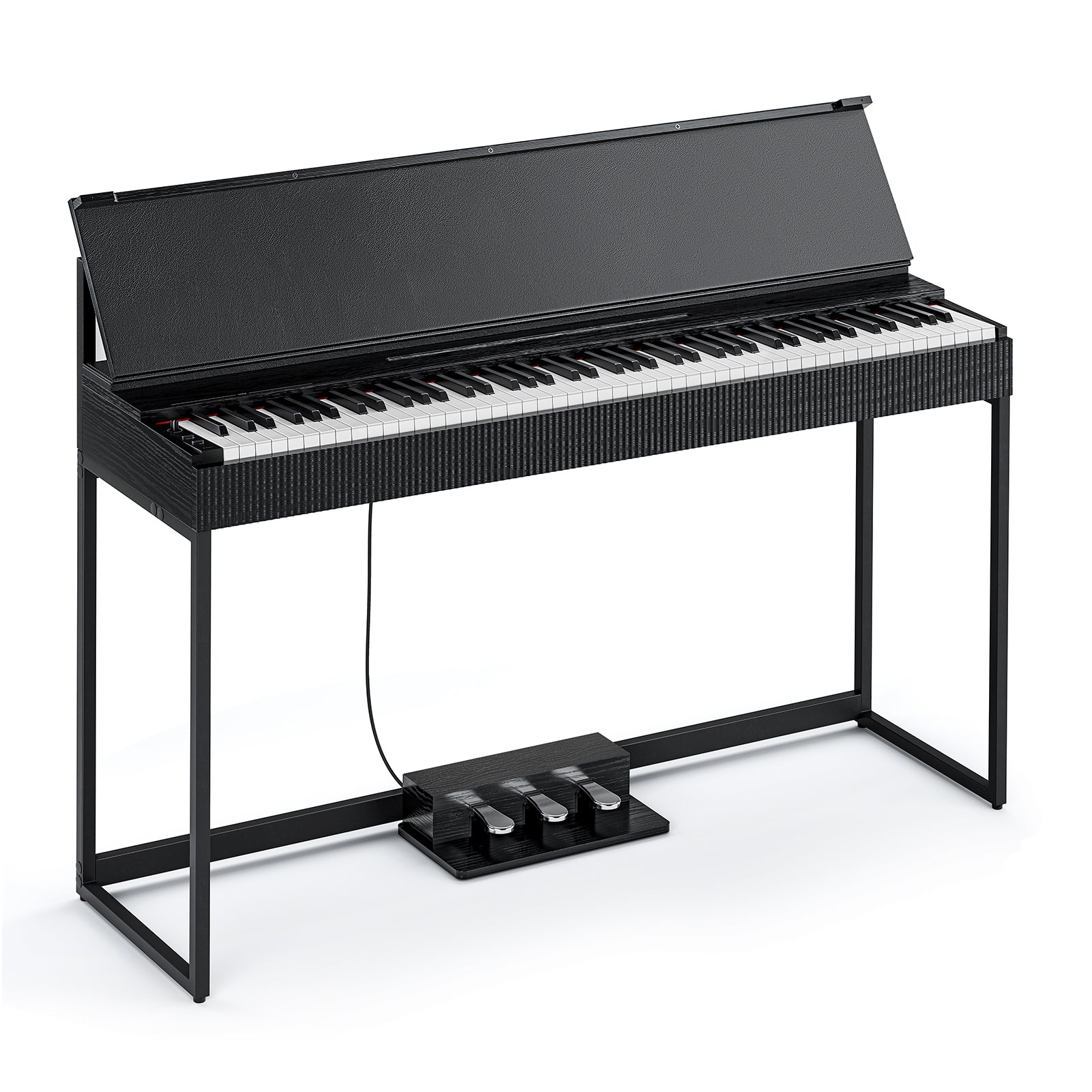
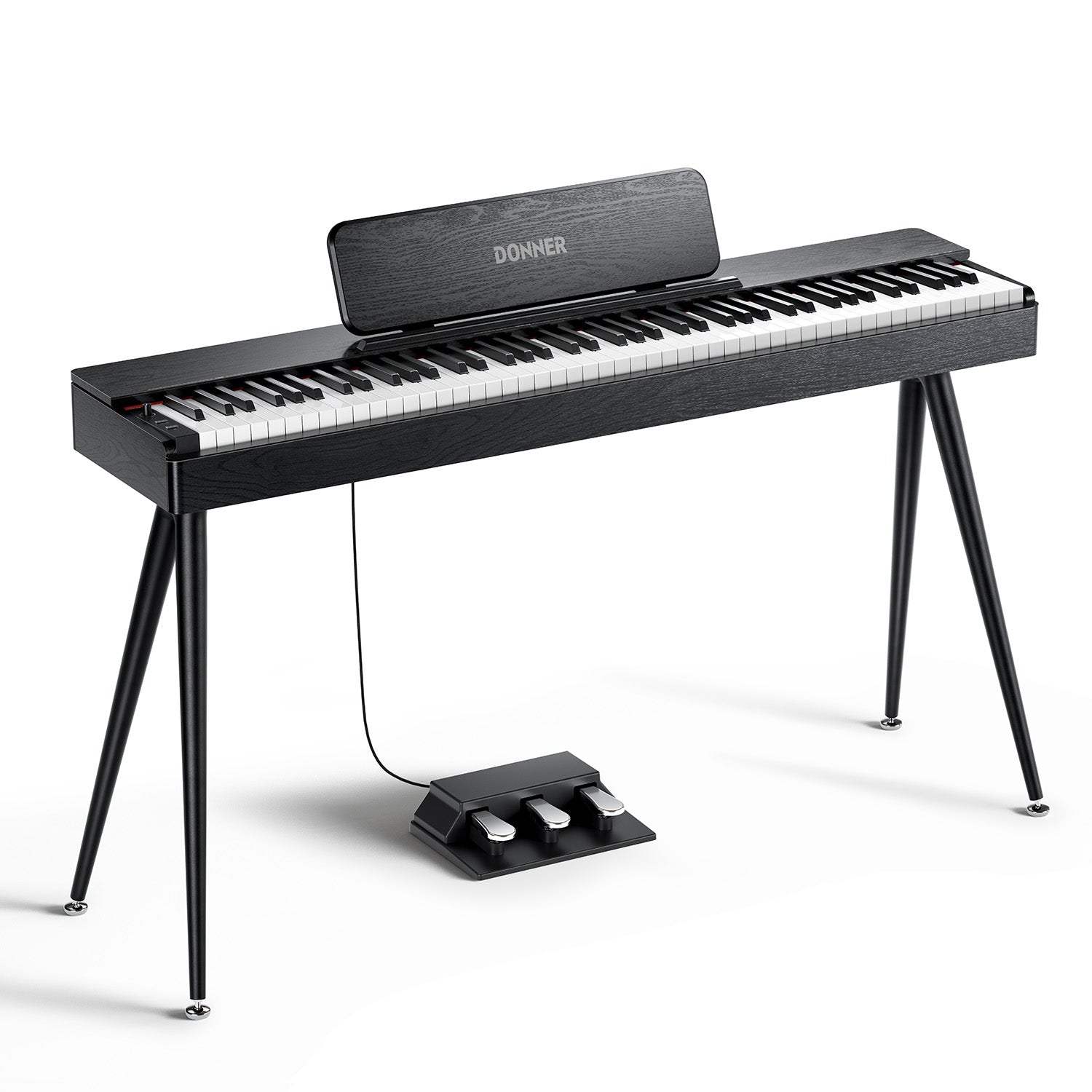
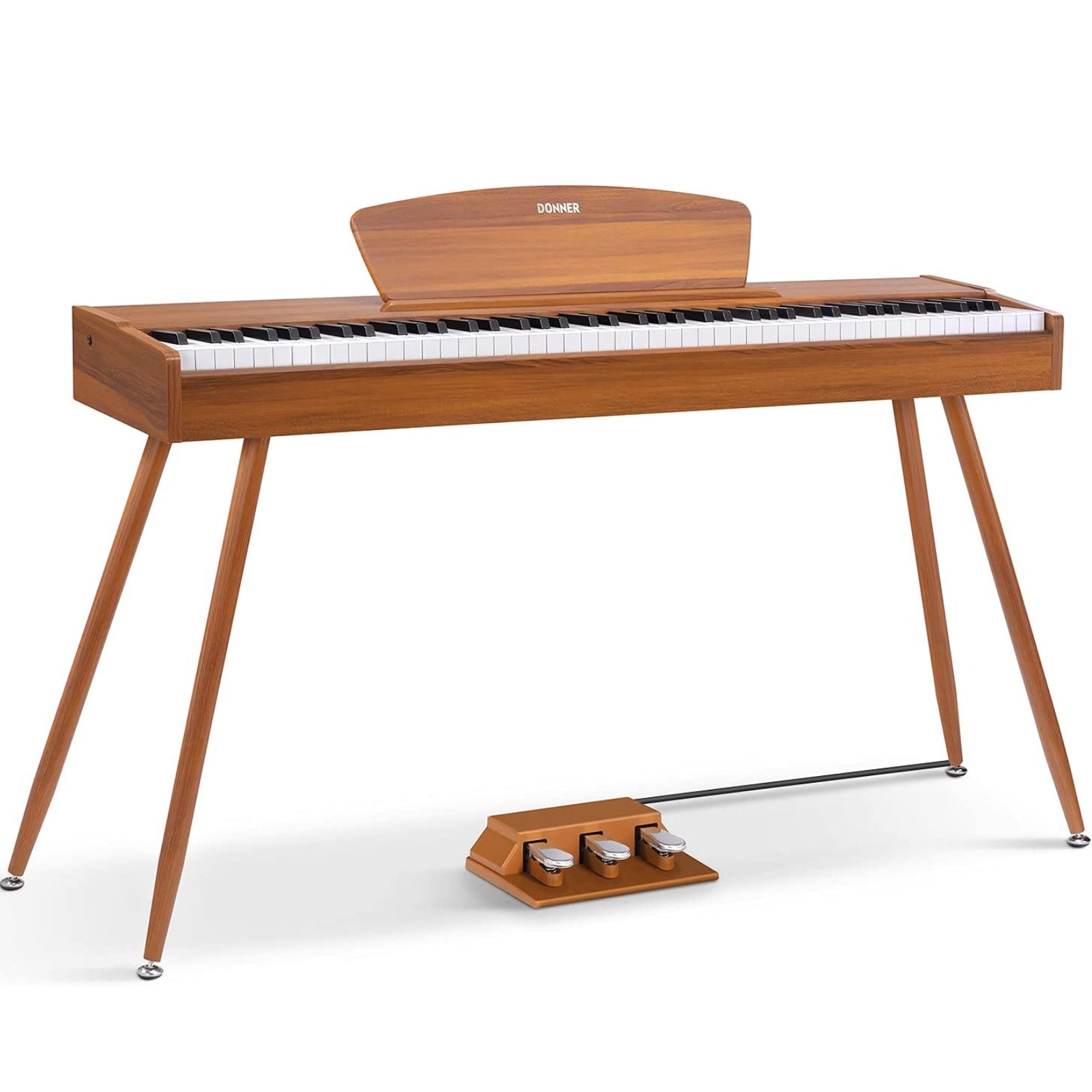

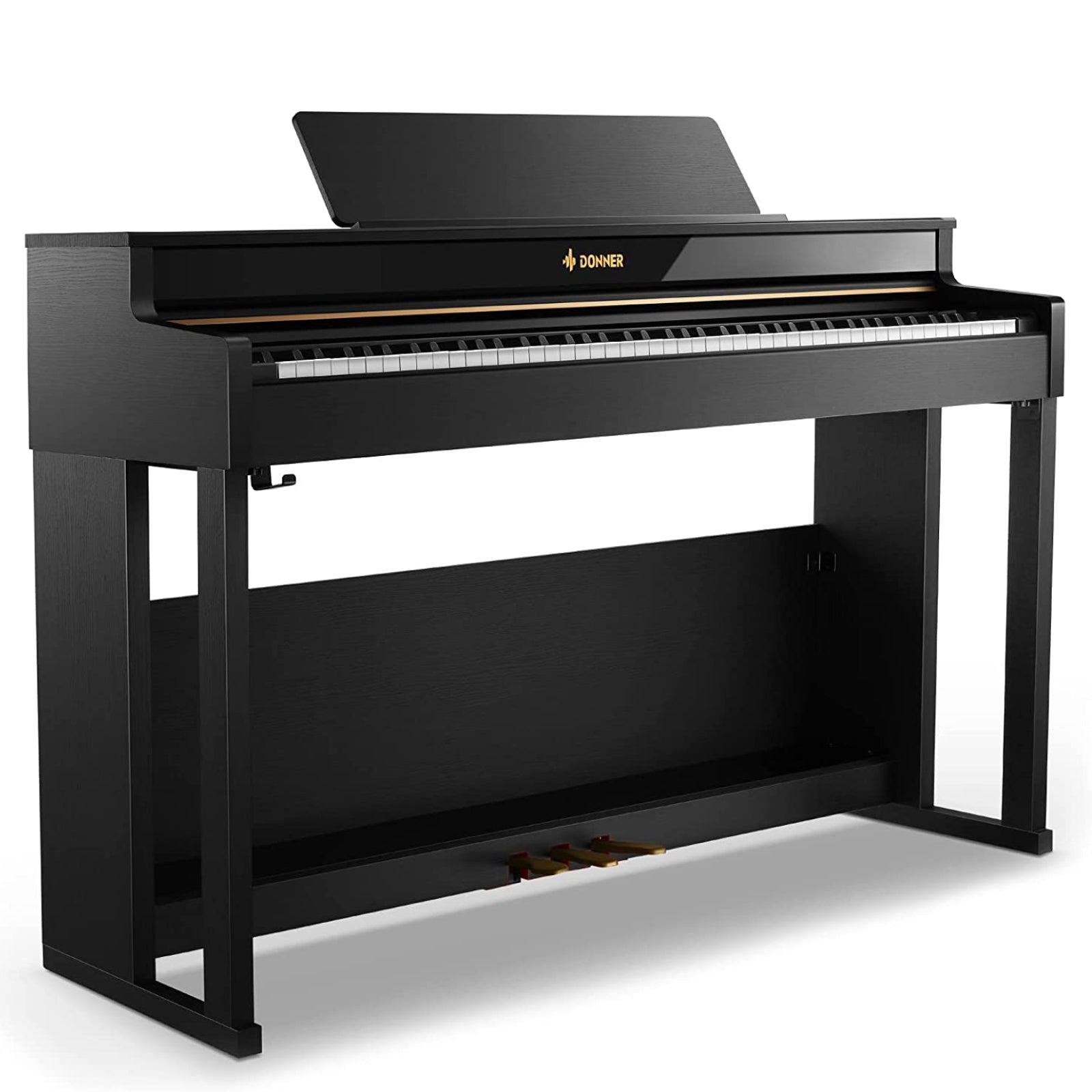
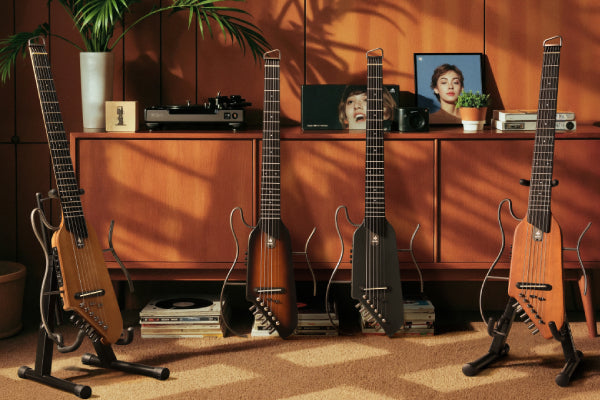
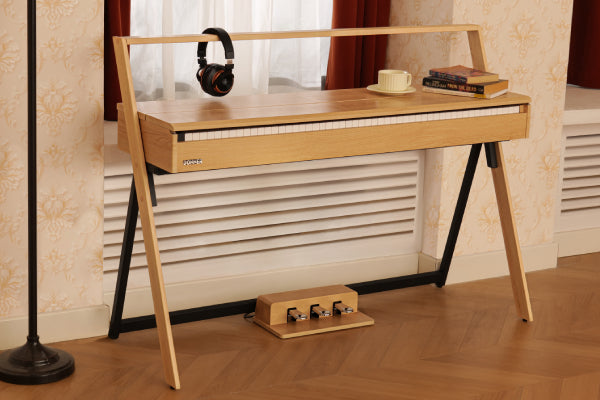
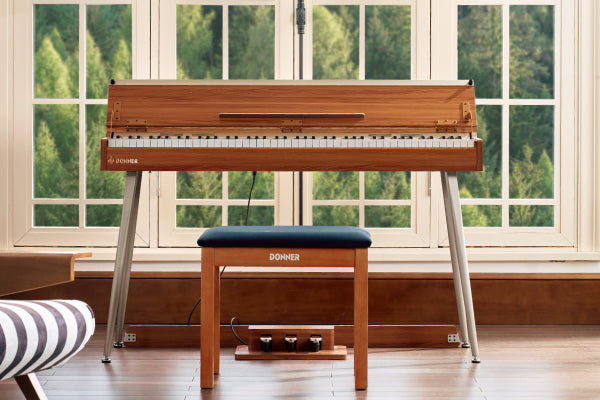
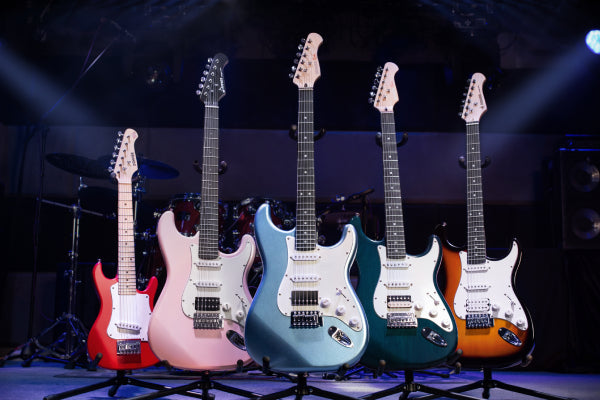




Leave a comment
All comments are moderated before being published.
This site is protected by hCaptcha and the hCaptcha Privacy Policy and Terms of Service apply.